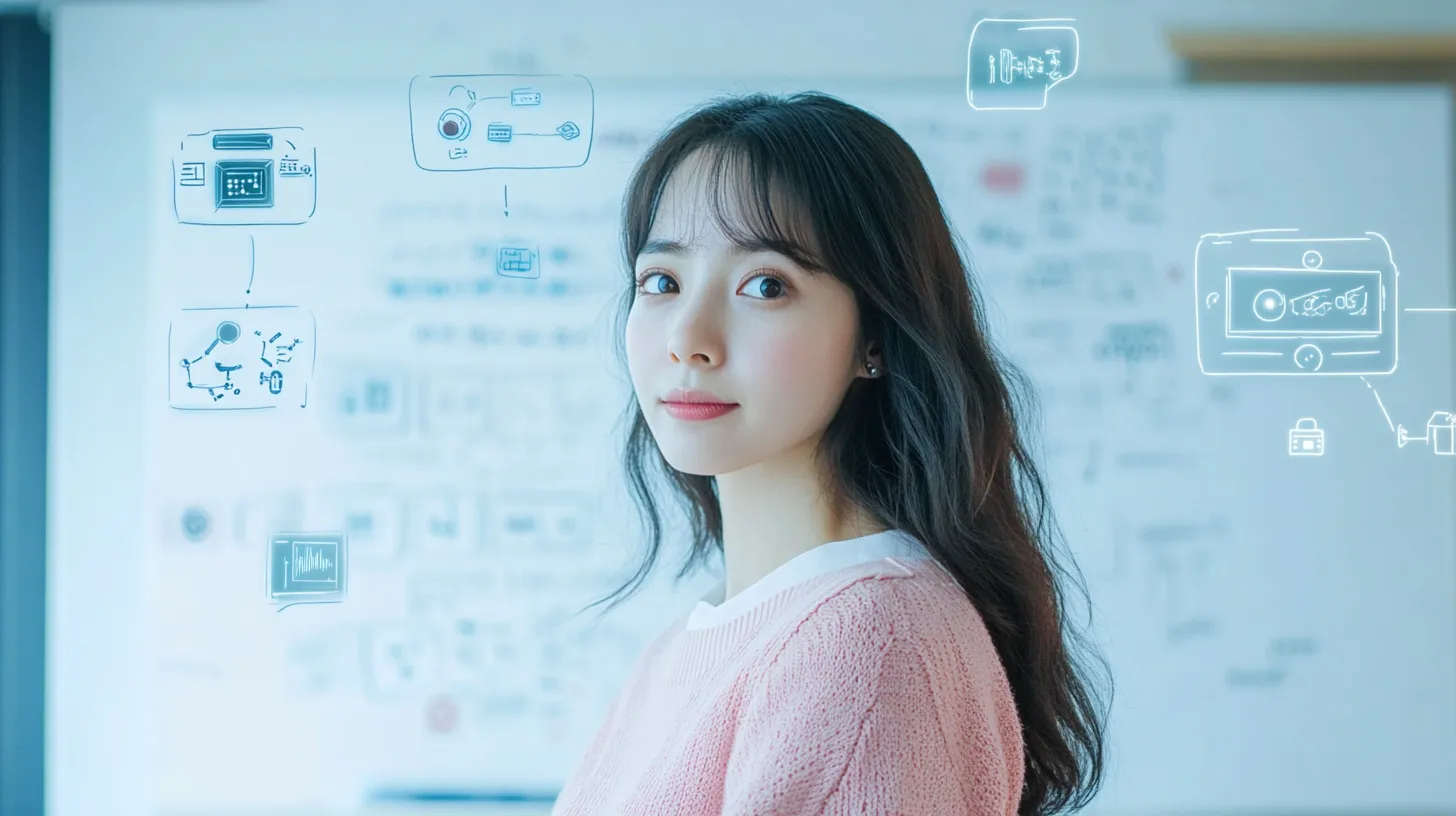Introduction: The Question Behind the Convenience
In today’s world, generative AI tools like ChatGPT can instantly create text, images, audio, and video content. These convenient technologies have become integrated into our daily work, learning, and creative activities.
However, a quiet yet significant question is emerging in society:
“If AI-generated content causes harm due to misinformation, who is responsible?”
From misinformation and discriminatory expressions to plagiarism and deepfakes—when these are generated by AI, to what extent can humans be held accountable?
This article explores the ethics of generative AI from a philosophical perspective, centered around three core questions informed by the insights of philosophers and ethics researchers.
Question 1: Can AI Be a Responsible Agent?
Philosophers argue that the concept of “responsibility” is rooted in uniquely human traits such as intention, judgment, and self-awareness.
AI systems, which output responses based on training data, do not possess the ability to foresee the consequences of their actions, experience regret, or correct their behavior based on ethical norms.
Thus, current AI is not considered an ethical agent, and the academic consensus maintains that responsibility lies with the humans who design, develop, deploy, and operate the AI.
Philosopher’s Insight:
“Even if we feel surprised or moved by AI behavior, that’s merely our human interpretation. AI does not possess intention or moral judgment.” — Ethicist A
Question 2: Who Decides What Is ‘Right’?
The “ethicality” or “validity” of generative AI’s output depends heavily on its training data and the values of its developers.
In other words, what AI deems “appropriate” is often shaped by the worldview and value system of its creators.
This ties into the philosophical issue of moral relativism:
Who defines what is right, and in what cultural context?
For instance, Western societies may prioritize “freedom of expression,” while East Asian cultures may value “harmony and consideration.”
Ethicist’s Viewpoint:
“It’s an illusion to expect AI to reflect universal justice. What matters is transparency—clarifying under what principles and from whose perspective the system is built.” — Philosopher B
Question 3: Who Is Responsible for Generated Content?
Suppose an AI generates an image that infringes on copyright. Is the developer responsible? Or the user?
Legally, this remains a gray area, with ongoing discussions in many countries.
Ethically, responsibility should cover the entire process:
Who gave the instructions to the AI? What was the intent? How was the output used?
Key ethical factors include:
- Clarity of the prompt or input instructions
- The user’s literacy (knowledge and intent)
- How and where the output is used or published
Practical Ethics Expert Insight:
“AI is merely a tool. It is humans who interpret its output and present it to society. That act carries responsibility.” — Professional Ethics Specialist C
Users must be mindful of:
- Verifying the accuracy and source of generated content
- Identifying and removing discriminatory or misleading expressions
- Judging and revising content for appropriateness before sharing it publicly
Conclusion: From Using AI to Facing It Ethically
As generative AI continues to evolve and penetrate deeper into our lives, we must move beyond usability and precision.
What we now need is the philosophical and ethical capacity to re-question how we interact with AI.
For example:
- Before submitting a report generated by AI, are you truly understanding its content and taking responsibility for it?
- Before posting an AI-generated image, have you considered whether it violates copyright or ethical norms?
At AI JOURNAL, we will continue to shed light on the human challenges behind technology, delivering questions and perspectives that encourage thoughtful reflection—through the voices of field practitioners, philosophers, educators, and more.
Q&A: Five Questions to Deepen Understanding
Q1. Who is responsible for misinformation generated by AI?
A. Since AI currently lacks moral judgment, responsibility lies with human actors—such as users or developers. The degree of responsibility varies depending on the instructions and usage.
Q2. Could AI ever become a responsible agent?
A. From an ethical standpoint, responsibility is based on intention, reflection, and judgment. Current AI lacks these capabilities and is unlikely to be regarded as an ethical agent in the near future.
Q3. How does ‘rightness’ differ across cultures in AI outputs?
A. What’s considered appropriate varies: societies valuing free expression may differ greatly from those prioritizing harmony and respect. Because AI is influenced by its training data and creators’ values, its output is not universally “correct.”
Q4. What should we be careful about when using AI-generated content?
A. Always verify the facts, check for copyright infringement, and ensure the content is ethically sound. Especially before publishing, it’s important to take full responsibility for what you share.
Q5. How can we engage ethically with AI in daily life?
A. Start by asking critical questions: “Can I trust this information?” “Could this hurt someone?” Ethical AI use begins with combining action and reflection.




コメント